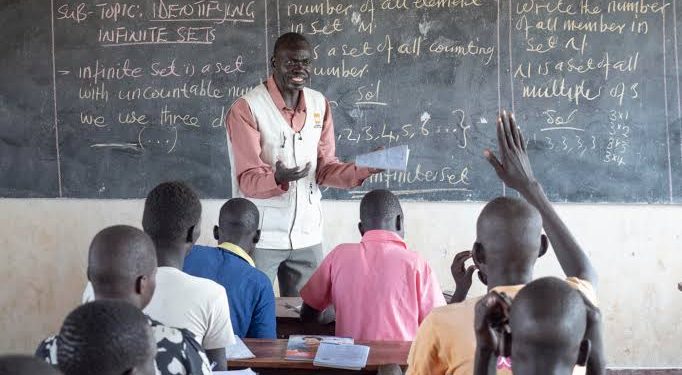There is a proposal to merge nursery, primary and the newly established junior school to form one big unit according to the Presidential Working Party on Education Reforms.
According to recent recommendations from the school reform team, the single unit spanning all three levels will be designated as the Comprehensive School, which will be led by a principle.
The principal will be aided by teachers who will be in charge of the nursery, primary, and junior schools, and they will be referred to as deputy principals.
If implemented, the move will result in the increase of current primary schools in terms of learner population, teacher population, infrastructure, and resource allocation.
According to Education Ministry data, the institutions currently house at least 10 million students from Class One to Class Eight.
The number of classes will increase from eight to eleven, including two classes for pre-primary, six classes for primary schools, and three classes for junior high.
As a result, the number of students will grow. In addition to supervising classes one through eight, as was the case under 8-4-4, the new head (principal) will be in charge of operations at all three levels of the school. This also implies that the principal will coordinate and supervise the injection of millions of shillings into the institutions.
The Presidential Working Party on Education Reforms has recommended that nursery children receive government funding as well.
Furthermore, the panel has advocated a revision of capitation per child.
The team suggests that the principal be named as a signatory on all school bank accounts, including those for pre-primary, primary, and junior school.
Funds for comprehensive schools will be pooled through government capitation, a minimum essential package, parental contribution, and other sources.


